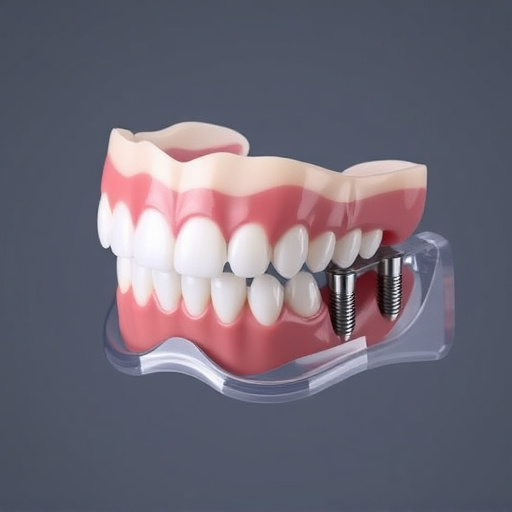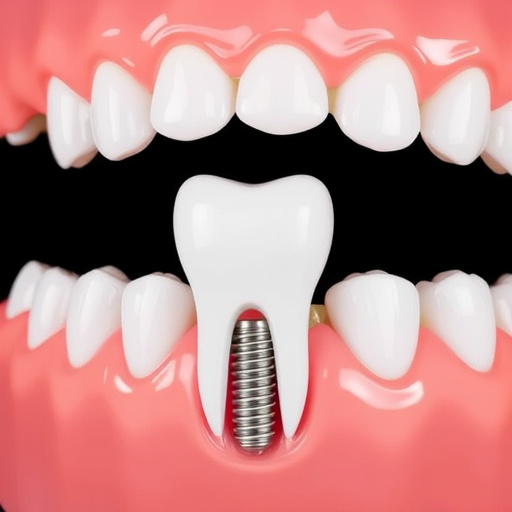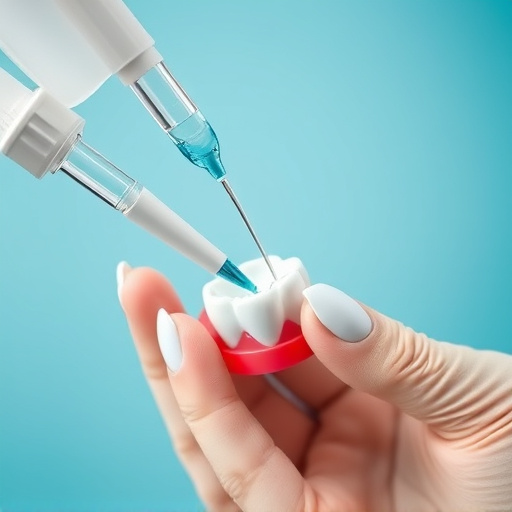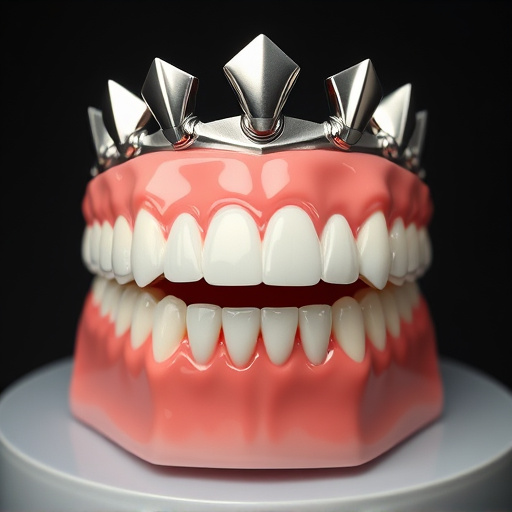Bone grafting treatment is a crucial dental procedure to combat bone loss after extractions or injuries, preserving facial structure and enabling successful future dental implants. Using patient-donor bone (autologous) or synthetic materials, this procedure stimulates new bone growth for improved oral health and confidence. Post-surgery recovery involves managing discomfort, following hygiene guidelines, and attending follow-ups to ensure healing. Regular dental care and healthy habits significantly contribute to the success of bone grafting treatment.
Bone grafting treatment is a crucial procedure in dental restoration, particularly when bone loss occurs due to extraction, trauma, or disease. This article delves into the world of bone grafting, exploring its significance and various types. We’ll guide you through understanding when and why this treatment is necessary, highlighting common procedures used, and providing insights into the recovery process post-surgery. Get ready to uncover the essential steps towards restoring your oral health and confidence.
- Understanding Bone Grafting Treatment: When and Why It's Necessary
- Exploring Common Types of Bone Grafting Procedures
- The Recovery Process: What to Expect After Bone Grafting Surgery
Understanding Bone Grafting Treatment: When and Why It's Necessary

Bone grafting treatment is a crucial procedure in dental restoration, often necessary after tooth loss or damage. When a tooth is extracted or removed due to decay or complications like impacted wisdom teeth, the underlying bone can suffer significant changes. Over time, this bone volume tends to decrease, leading to a condition known as bone resorption. This process not only impacts the overall facial structure but also hampers the success of future dental implants.
During a routine oral exam, dentists may identify signs of bone loss and recommend bone grafting treatment. The procedure involves surgically placing a bone-like material, often derived from donors or synthetic sources, into the affected area to stimulate new bone growth. This is particularly important for maintaining the integrity of the jawbone and ensuring stability for tooth repair or replacements like dental implants.
Exploring Common Types of Bone Grafting Procedures

Bone grafting treatment is a crucial aspect of dental restoration, particularly when addressing bone loss due to tooth extraction or other dental procedures. Exploring common types of bone grafting procedures offers patients and dentists a range of options tailored to specific needs. One of the most widely used techniques involves autologous bone grafts, where bone material is taken from another part of the patient’s body, often the jaw, to replace the missing bone around dental implants or in areas of significant bone loss. This method ensures compatibility and minimizes the risk of rejection.
Another popular approach is allogeneic bone grafting, utilizing bone from a donor source, typically a human cadaver. This option is particularly valuable when there’s a shortage of autologous bone or for patients with limited availability of their own bone tissue. Additionally, synthetic bone grafts made from biomaterials offer a sterile alternative, providing structural support while allowing new bone growth. These procedures are integral components of comprehensive dental care, enabling successful tooth repair and restoring oral functionality through advanced bone grafting techniques.
The Recovery Process: What to Expect After Bone Grafting Surgery

After successful bone grafting surgery, the recovery process begins, offering a path to restored oral health and confidence. Initially, patients can expect some mild discomfort and swelling in the treated area, which is typically managed with prescribed medications. The healing period varies depending on the extent of the procedure, but it’s crucial to follow post-operative instructions diligently. Resting adequately, maintaining good hygiene practices, and avoiding strenuous activities for a few days are essential to facilitate proper healing.
During the recovery phase, it’s vital to attend scheduled follow-up appointments with your dental care provider. They will monitor the graft site, ensure optimal healing, and guide you on gradual return to normal eating habits. In conjunction with this, engaging in preventive dentistry practices like regular dental cleanings and maintaining a healthy diet can significantly aid in the bone grafting treatment’s success. Remember that emergency dental care may be required if any unforeseen complications arise, underscoring the importance of staying vigilant and proactive during recovery.
Bone grafting treatment is a vital procedure in dental restoration, offering a solution for inadequate bone structure. By understanding when and why it’s needed, patients can make informed decisions about their oral health. The various types of bone grafting procedures provide specialized solutions, ensuring optimal results. With proper care and recovery, this advanced dental technique can significantly enhance oral function and aesthetics, restoring confidence in one’s smile.














